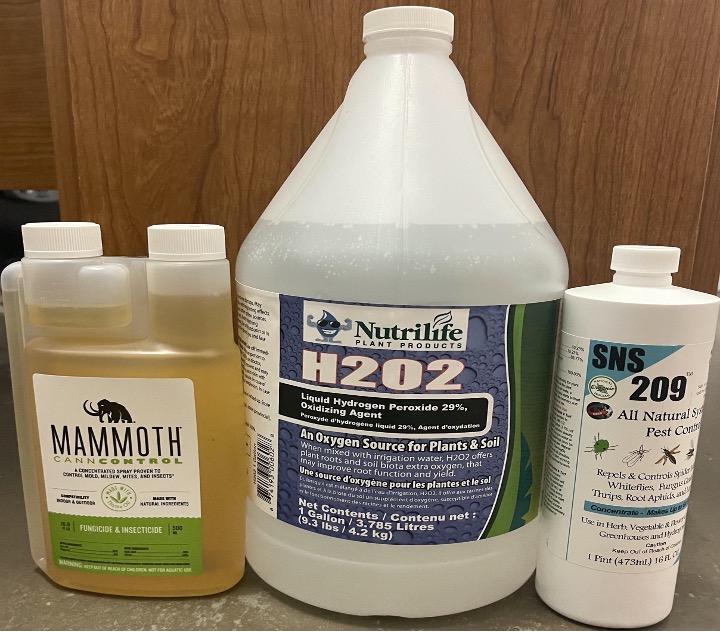-James Gordon and Kamron Kinder-

Greetings everyone! Welcome back to Introduction to Hydroponics. In this blog we will be talking about IPM, Integrated Pest Management. Integrated Pest Management is the cornerstone of every garden, as without it, you run the risk of undoing all your hard work. So let’s go over what needs to be done for this very important part of our garden to thrive.
From raised beds, to indoor gardens, to small air plants hanging in the window, IPM will help keep plants in all situations thriving in their environments. Integrated pest management is the careful consideration of all available pest control techniques and subsequent integration of appropriate measures to discourage the development of pest populations and keep pesticides and other interventions to levels that are economically justified and that reduce or minimize risks to human health and the environment. IPM emphasizes the growth of a healthy crop with the least possible disruption to agro-ecosystems and encourages natural pest control mechanisms.
So for the purposes of this blog we will go over a general preventative approach. This means we are trying to discourage any pest or pathogens from getting in the garden in the first place. If you already have an issue in the garden, a preventive approach is not what you need. A reactive approach that attacks your specific issues is needed, and that will take some help from one of our staff members on hand at any of our Fifth Season locations, so give us a call or stop on in to discuss your issue. But back to prevention . . .
As stated in other Hydroponic blogs in this series, cleanliness is the best approach to prevention. One way to really help with that is a product called H2O2. We carry this product in store and on our webstore. It is very important to put a drop or two in any reservoir you have with just water in it. H2O2 is just a concentrated form of hydrogen peroxide that will kill pathogens and discourage pests from taking up residence in your grow space. I recommend wearing gloves and not getting it on your skin and reading all instructions and warnings on the product’s label. Despite needing to wear gloves this is considered a soft cleaner and is perfect to use around plants and people. So dilute it at different ratios for different strength levels and go spray or wipe down all equipment and walls after ensuring power is off of objects being cleaned. I clean everything with this product! Nothing goes in the grow space without first being decontaminated with H2O2. I actually spray this around the outside of my grow space as well to create a clean buffer area before I enter grow space to further help discourage any transportation of pest or pathogens.
Another very important IPM approach is using pest control products. Now we can go over several products for this but we will keep it short and sweet since all stores and web store have a wide variety of pest control agents. Again consult with one of our many employees to find out what will work best for your particular approach in your personalized grow space. I personally love a product called SNS209. It is an all-natural systemic pest control agent. It can be sprayed around plants in the entire growth space and around outside as well for prevention. You can also add several drops once a month in a watering directly into the soil medium to help discourage pests from contaminating it. SNS209 repels and controls spider mites, whiteflies, fungus gnats, thrips, root aphids, and larvae. Unless I have actual pest on my plants I do not use this product directly on my plants if I don’t have to. For direct prevention control on my plants I like to use another product called “Mammoth Canncontrol”. It is a concentrated spray to control mold, mildew, mites, and insects. It is mostly thyme oil so it is very safe for direct exposure to plant material.
Well that wraps up another Introduction to Hydroponics blog. Hope this will help you and improve your gardening experience. All products are in our store locations and webstore. Consult with an FSG employee about this blog and what will work best for you in your particular space to best diagnose any reactive pest or pathogen situations if they arise. Until then, happy gardening, and plan before you plant!

Leave a Reply